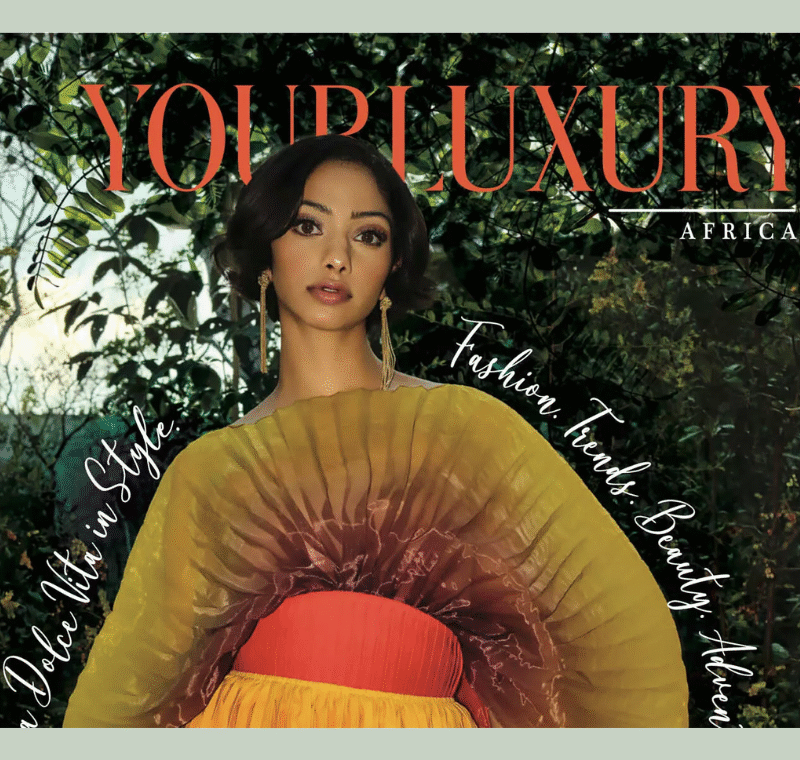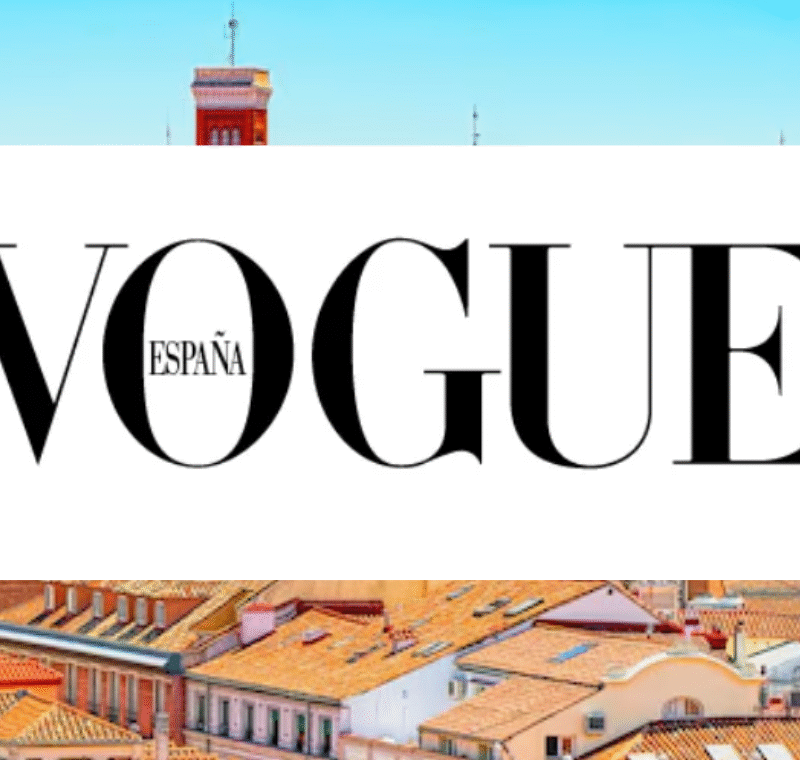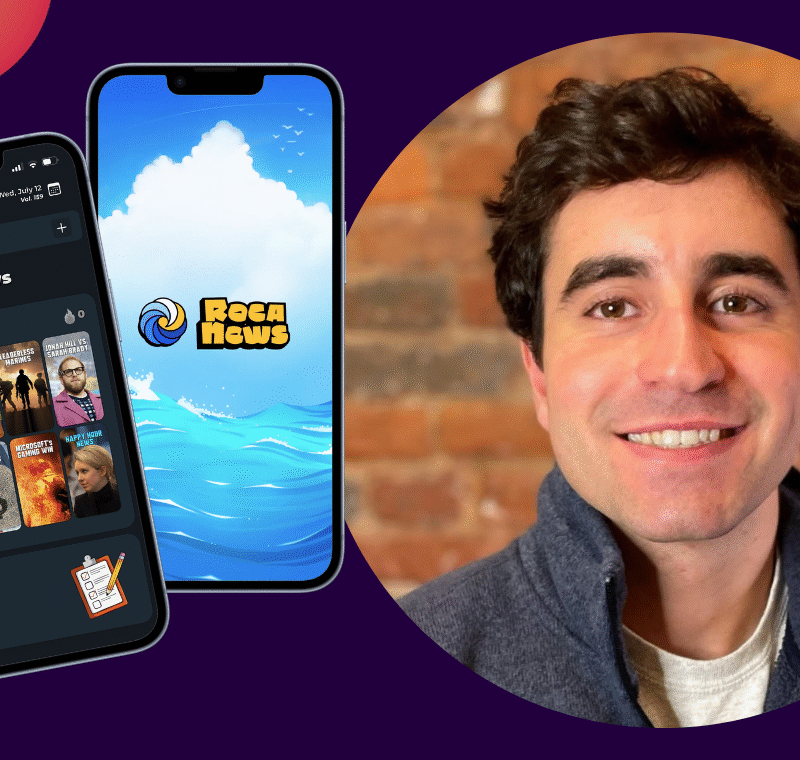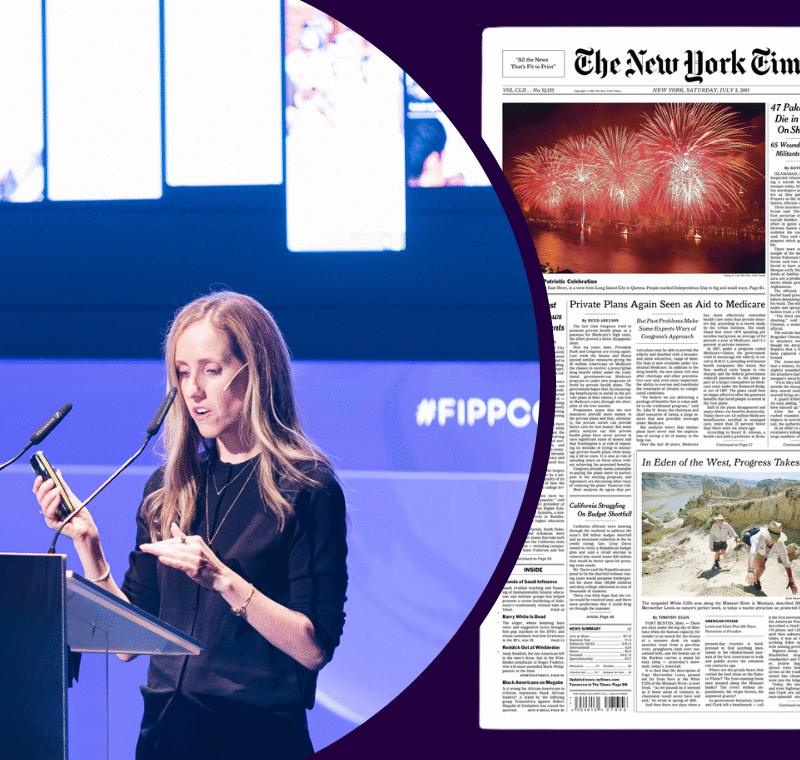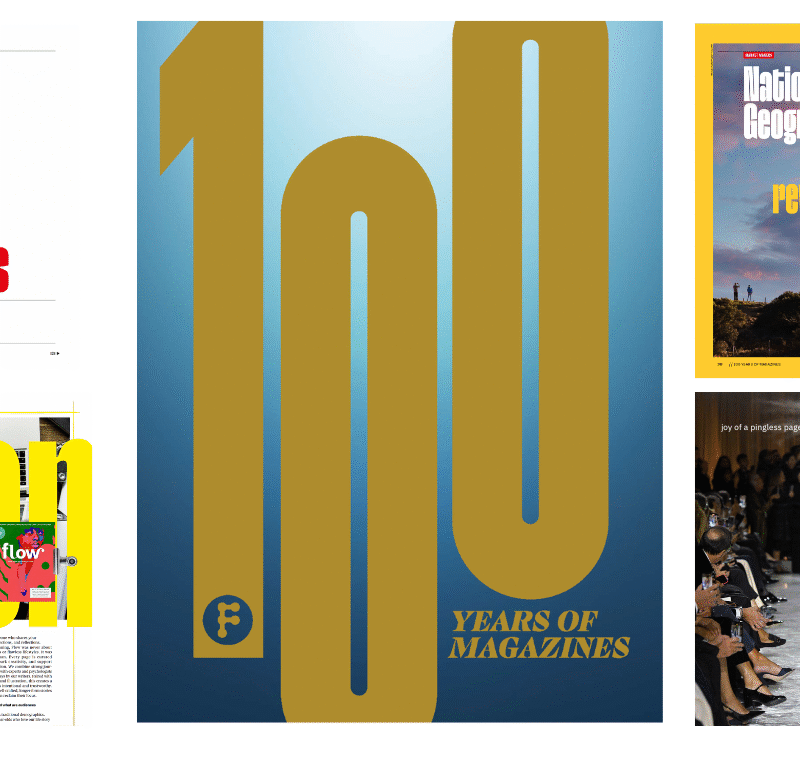Marie Claire’s launch in Germany: A fusion of high-quality journalism and female empowerment
The latest print title in the beloved brand’s portfolio is Marie Claire Germany, which promises to combine quality journalism with high-end aesthetics. Ahead of the digital launch in June, soon to be followed by the print magazine in autumn, Editor-in-Chief Nicola Le Vourch and Managing Director Tess Buchele explain how the launch comes at the perfect time for both the magazine market – and for women – in Germany.
We’ve seen several Marie Claire launches recently – Nigeria, Türkiye, Serbia. Why is now a good time to launch Marie Claire in Germany?
Nicola Le Vourch: For a few years now, the topic of ‘female empowerment’ has been big in Germany. Women are going back to work, well-educated women who want to engage with and discuss certain key topics such as equal pay. And in the field of the high-end women’s magazines, where we see Marie Claire, there is lots of content about fashion and beauty, but not much focusing on good quality journalism around subjects that matter to women.
What kind of content will you be focusing on?
Nicola: On the on the digital side, we have four core topics: fashion, beauty, travel and life, with ‘life’ covering all kinds of culture, arts and society. We will not be covering celebrities, though – we want to focus on women in business and entrepreneurs, women who are engaged in everyday life, women who are strong role models.
Tess Buchele: Culture is a particularly important topic for us: the arts, books, music are all really important for women in Germany right now. We want to cover those subjects at the front of the magazine, not hidden at the back.
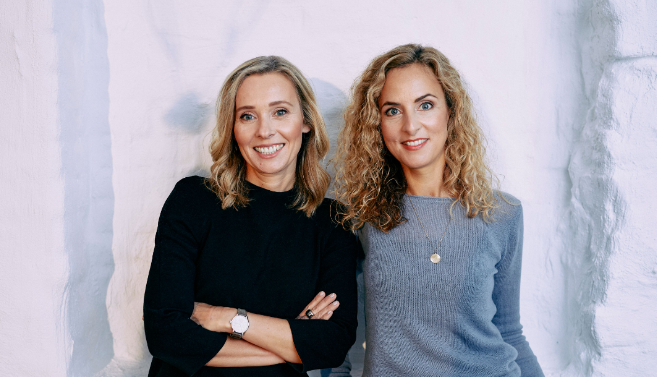
What made you decide to launch the digital before the print magazine?
Tess: We decided to use our digital content as a teaser; our print magazine launches at the end of September, so it’s a way we can start communicating with our readership. Since more people are online than read print, we thought it was an effective way to raise awareness for our magazine. But print is at the heart of our brand.
Nicola: We also wanted to reach younger readers. Marie Claire was last part of the German magazine market 20 years ago, and so many people who know and who are looking forward to the launch are 40 to 50 years old. We wanted to introduce women in their 20s and 30s to Marie Claire via digital, to let them know we will be here on the market for them.
What is the women’s magazine landscape like in Germany?
Nicola: Yes, it’s a large market. We have high-end women’s magazines, mainly international brands like Vogue, Elle, Harper’s Bazaar. Then there are what I might call mid-range magazines, with good content but less focus on aesthetics and high-quality paper. There are also inexpensive weekly magazines. Many women appreciate the reading material those mid-range magazines offer but feel it is missing in the higher-end section, so this provided an opportunity for Marie Claire Germany. Our audience also likes to buy international brands – magazines, fashion, beauty – so if you can offer them an international brand that gives them the quality content they know and enjoy, it’s an ideal mix.
Tess: When planning the launch, we did a lot of focus groups finding out what’s important for the women we want to reach. Almost everyone we spoke to told us that there was something missing, that they had not found a magazine ‘for them’ yet, for women who want really good, high-quality content. This was quite surprising because there are so many magazines in Germany.

Why do you think print is still so strong in Germany?
Nicola: Partly it’s because we have an older population, people who are not digital natives and who still like to read magazines.
Tess: We also believe that print is not dying – it’s just that the way people use it is changing. You may get your daily news from digital, but you access print in your free time; you can dive into a magazine and have a break from the screen and from day-to-day life. We believe that will be the function of print in the future. It’s why we decided to produce a quarterly rather than a monthly magazine, because that’s the way people read today – our readership wants time to enjoy a magazine, rather than getting stressed by all the issues they’ve not had time to read. They want something that inspires them, gives them something to discuss with their friends.
How have you been influenced by or diverged from other Marie Claire brands?
Nicola: There is no one size fits all – but there are two things that Marie Claires worldwide have in common: one, high-quality journalism, and two, a focus on female empowerment. Those are both in the Marie Claire DNA. But with each launch, the Marie Claire brand has always looked at the specific market and how to provide for that particular audience: how each magazine positions itself, the topics, the photography and so on, are up to that team. We are like Italian Marie Claire, where the imagery is very high quality and produced by top photographers.
Tess: We also plan to focus on local talent; in Germany, we are really lucky that there are a lot of freelance creatives that we can work with, for fashion shoots and photography. It’s quite rare for a Marie Claire brand to do so much production – in our case, about 85 to 90 percent – in its home country.
How did each of you become involved with Marie Claire Germany?
Tess: I have always worked in magazines, and Nicola and I have worked on other publications together. With Marie Claire Germany, we felt it combined something that on the one hand, we would love to do… and on the other hand, was needed.
Nicola: I have always been into magazines too – in fact, my very first job was at Marie Claire, 30 years ago, when magazines were still really big. It was such a nice magazine to work for, and I really missed it. So as Tess and I have worked together as publishers for five years, we agreed we would do everything we could to bring Marie Claire back to the German market. So we did!
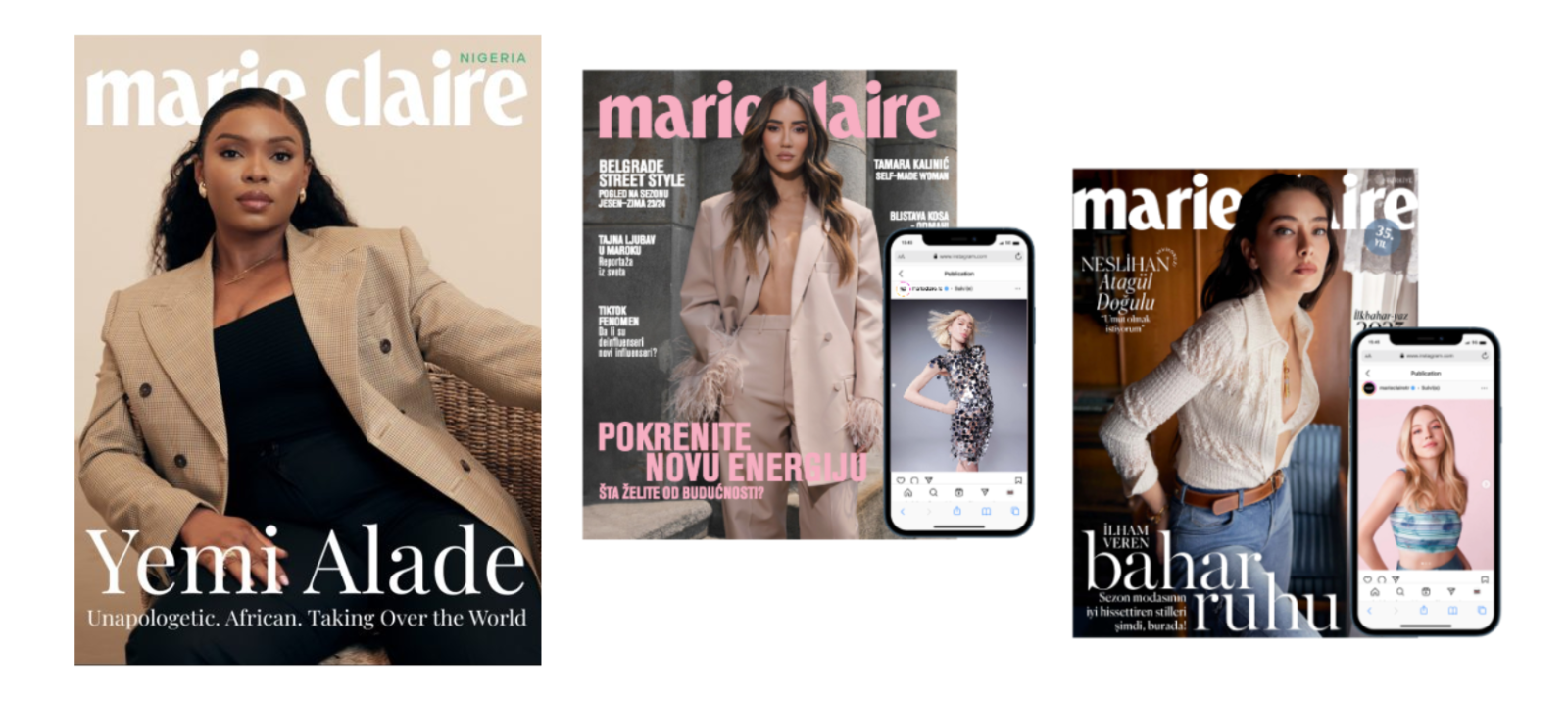
What have been the most exciting and most challenging parts of this launch?
Tess: Marie Claire is such a big, clearly defined brand, and our biggest challenge was finding the right people to work with us to make the magazine happen. We wanted to have the best team in Germany, from the fashion director to the photographers to the editorial. We wanted it to combine high quality with Marie Claire’s unique attitude and female-centric point of view.
Nicola: It was the most challenging part…but also the most exciting. Germany is changing a lot in terms of diversity, and this is reflected in our team. I’m so happy about that. I enjoy the discussions we have; there is a big age range, and some of the younger staff look at things very differently to me. It means I’m learning every day!
MC seems like a good brand to work for…
Nicola: Despite being a big name, they don’t apply a lot of pressure, and really appreciate the work you do. And it’s lovely to work on such a beloved brand, recognised by many people all over the world. When we mention the brand name ‘Marie Claire’, people – from the focus groups we spoke to, to the advertising clients – immediately smile. They think it’s wonderful that Marie Claire is coming to the market. That’s very nice for us!
You’ve been planning this for a while – it must be exciting to see it finally taking shape…
Nicola: Yes, it has taken us a long time, a lot of discussion about concepts and putting together business plans. It’s great that it’s finally happening.
Tess: We both plan to be there to see the magazine coming off the printer. We’re looking forward to it!


